Tag Archive for: electromagnetism

The Poor Man’s Milli-Ohm Meter
/
0 Comments
Introduction
In a previous article on measuring battery internal resistance, a simple technique for low-resistance measurement was outlined. In this article,…
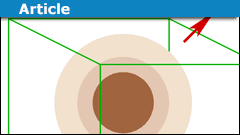
A Physics Misconception with Gauss’ Law
Introduction
It is relatively common to see the following type of argument:
The surface area is ##A## and the enclosed charge is ##Q##. The electric…
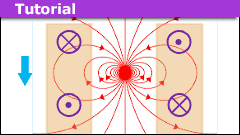
How to Model a Magnet Falling Through a Conducting Pipe
Introduction
In an earlier article, we examined a magnet falling through a solenoid. We argued that the point dipole model can account for the basic features…
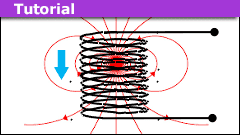
How to Model a Magnet Falling Through a Solenoid
Introduction
Modeling a magnet realistically is a task best done numerically. Even the simplified model of two separated disks with uniform surface…

Symmetry Arguments and the Infinite Wire with a Current
Many people reading this will be familiar with symmetry arguments related to the use of Gauss law. Finding the electric field around a spherically symmetric…
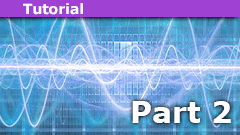
A Numerical Electromagnetic Solver Using Duality
In the previous insights article (How to Use Duality in Computational Electromagnetic Problems), I covered some uniqueness theorems for the Riemann-Silberstein…
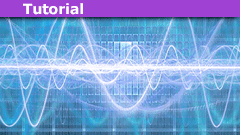
How to Use Duality in Computational Electromagnetic Problems
Some weeks ago I happened across a post that caught my eye. Dale asked a question about the number of photons in an electromagnetic field. His question…

Split Electric Fields in Electrodynamics: Capacitor and Antenna
Abstract: The analysis of the two kinds of electric fields, namely the irrotational and non-conservative, is extended to electrodynamics, as exemplified…
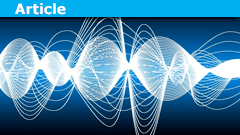
Are Electromagnetic Waves Always Transverse?
In this insight, we shall endeavor in the realm of classical electrodynamics and examine whether EM waves are always transverse. We shall make use of Jefimenko's…
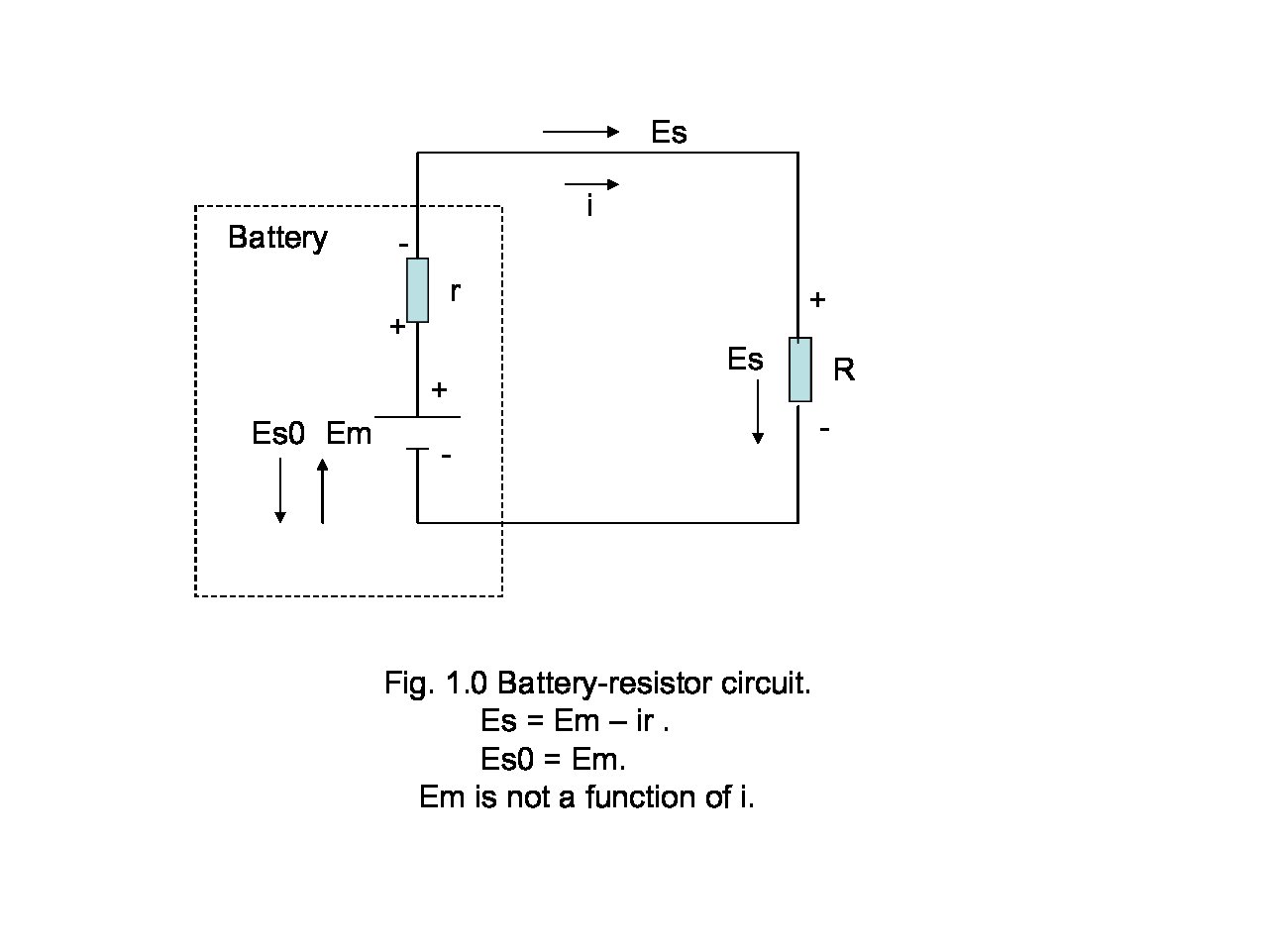
How to Recognize Split Electric Fields
Introduction
In a previous Insight, A New Interpretation of Dr. Walter Lewin’s Paradox, I introduced the fact that there are two kinds of E fields. …

Relativistic Treatment of the DC Conducting Straight Wire
Introduction
The direct-current-conducting infinitely long wire is often discussed in the context of relativistic electrodynamics. It is of course a completely…
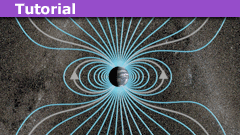
Maxwell’s Equations in Magnetostatics and Solving with the Curl Operator
Introduction:
Maxwell's equation in differential form ## \nabla \times \vec{B}=\mu_o \vec{J}_{total}+\mu_o \epsilon_o \dot{\vec{E}} ## with ## \dot{\vec{E}}=0…
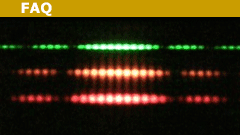
What is the Double Slit? A 5 Minute Introduction
Definition/Summary
The double-slit is a simple configuration used to demonstrate interference effects in waves.Equations
At distances that are…
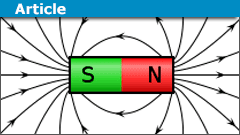
Are Magnetic Field Lines Real?
We recently had a question in the relativity forums that mentioned the behavior of magnetic field lines and reminded me of my confusion at school about…
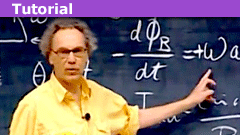
A New Interpretation of Dr. Walter Lewin’s Paradox
Much has lately been said regarding this paradox which first appeared in one of W. Lewin's MIT lecture series on ##{YouTube}^{(1)}##. This lecture was…

Permanent Magnets Explained by Magnetic Surface Currents
Introduction:
The purpose of this Insight is to explain permanent magnets in a way that is in agreement with advanced textbooks on the subject, and that…

Acoustic ‘beats’ from Mismatched Musical Frequencies
Introduction
In late high school physics courses and first-year university courses, the phenomenon of acoustical 'beats' (digital audio) is often covered.…
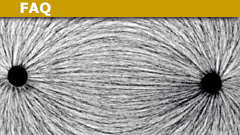
Learn About Energy Gained by Charge in an Electrostatic Field
I have seen this question being asked frequently on here. A lot of students have a bit of an issue in understanding why, if an electron is placed in a…

Misconceiving Mutual Inductance Coefficients
A commonly used formula for mutual inductance M between two nearby coils L1 and L2 is M = k√(L1*L2). This formula however assumes equal percentage…
